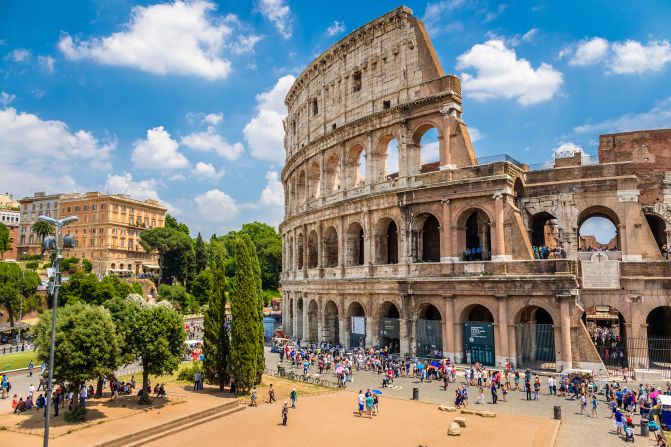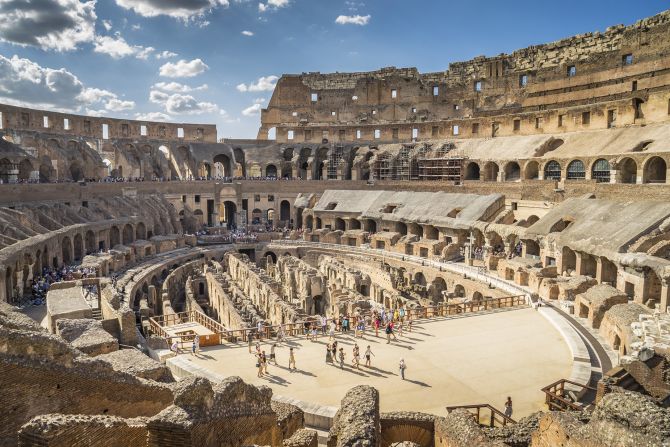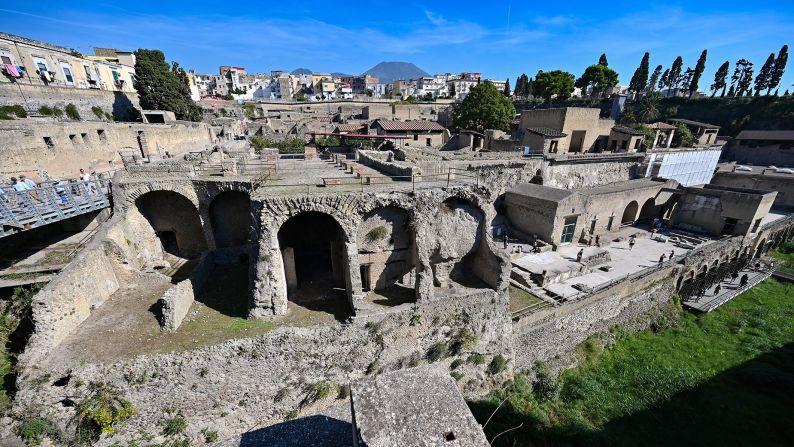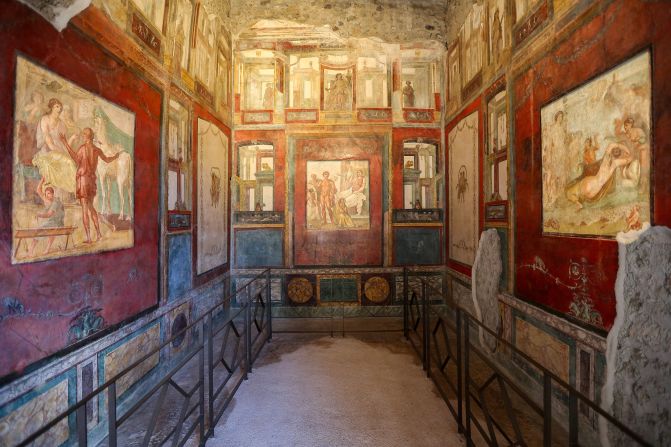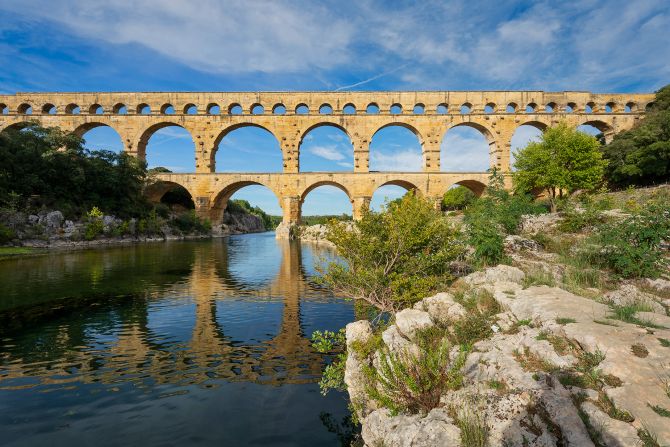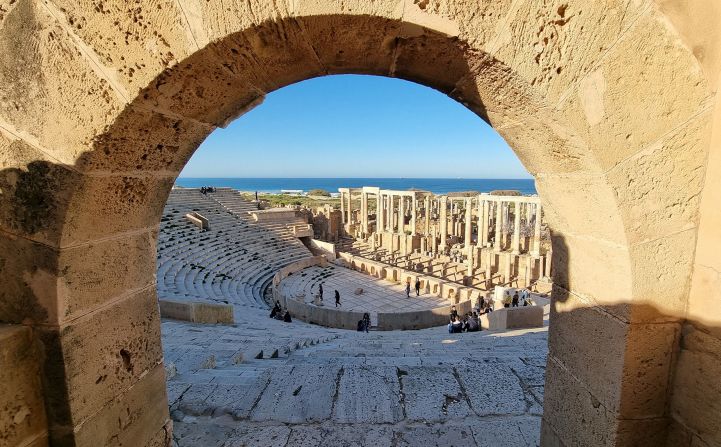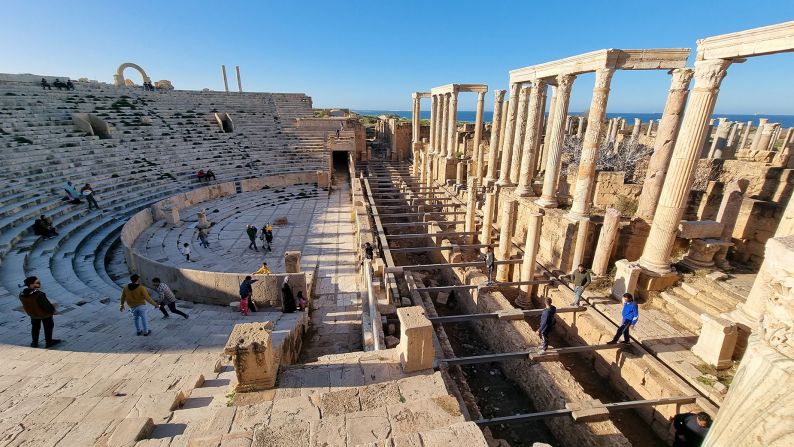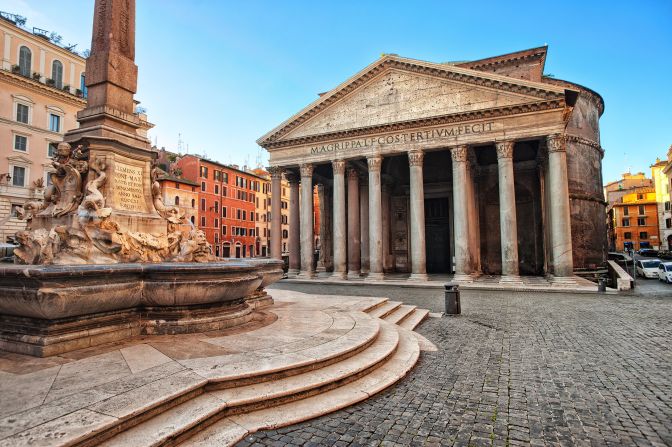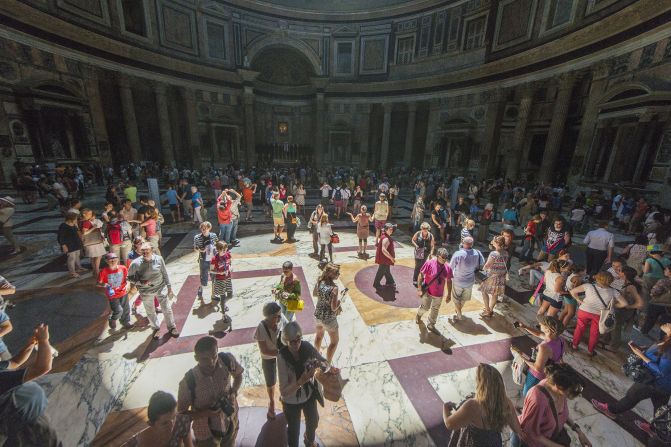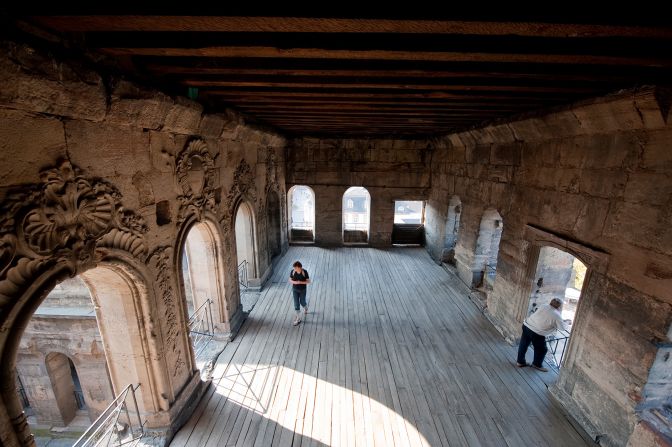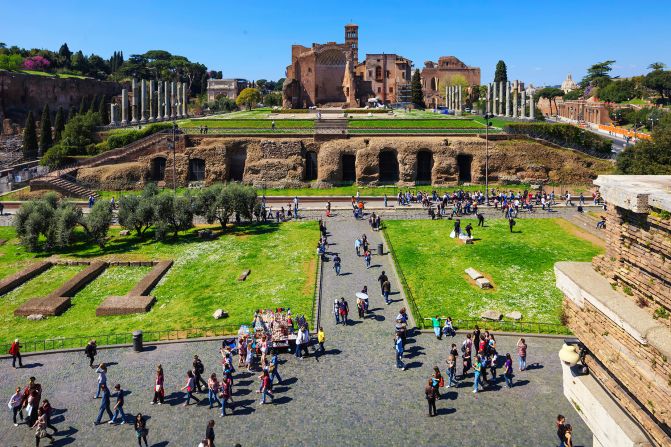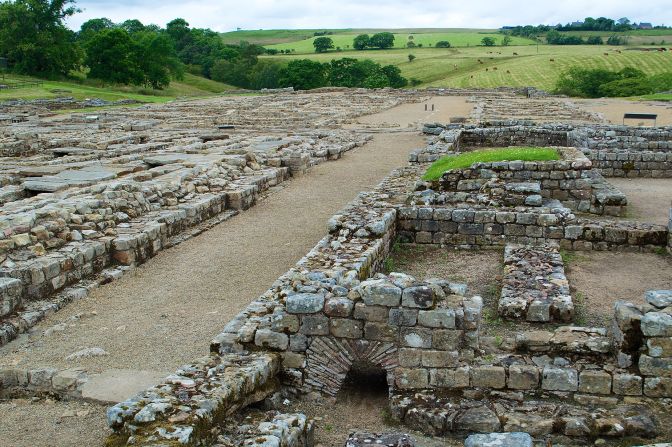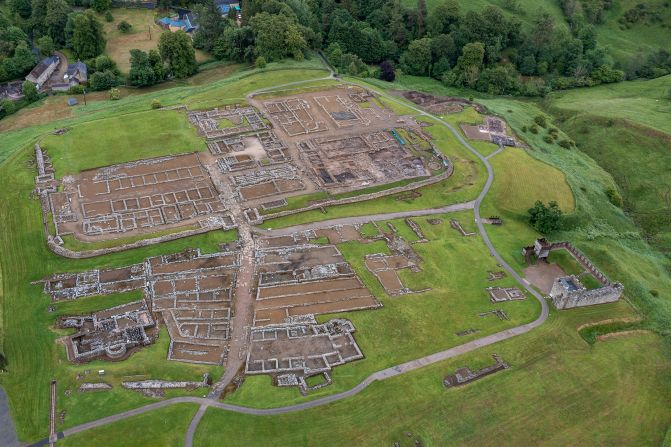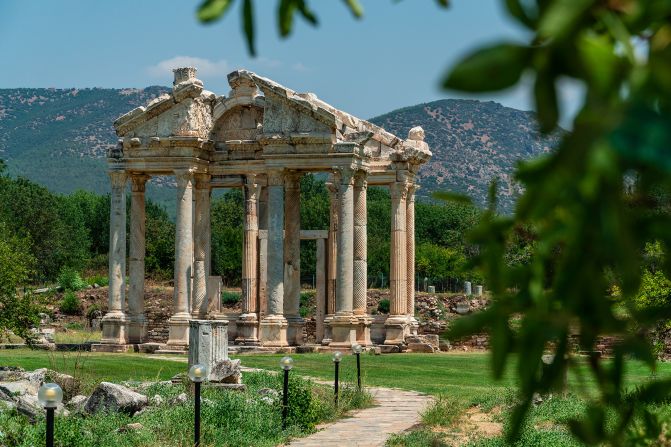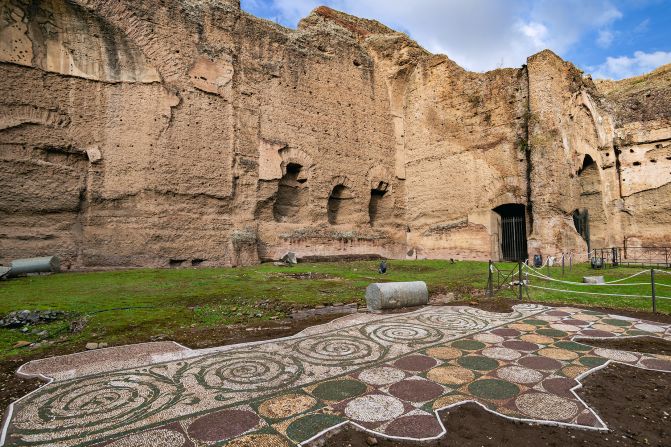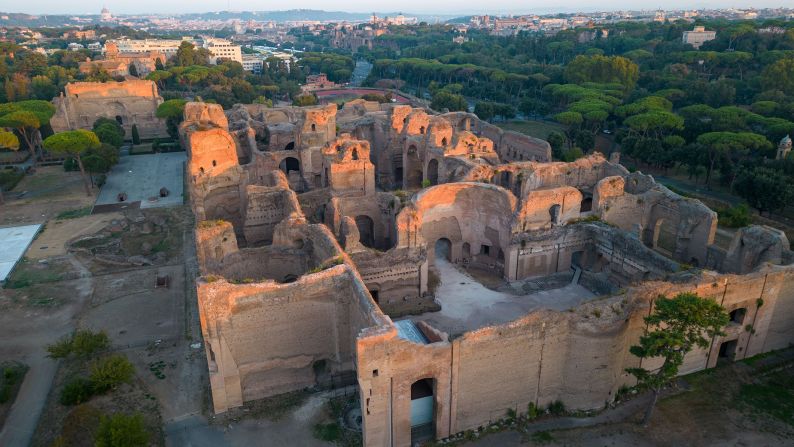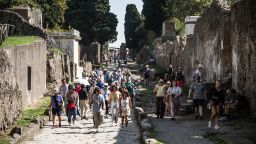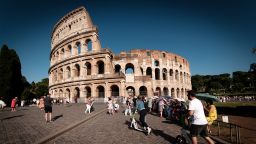Rome might not have built ancient history’s biggest empire – a shout out to Genghis for that one – but it was undoubtedly the most enduring and influential.
That’s because Roman passions for outrageous, oversized architecture went hand in hand with detailed record-keeping and relentless imperial PR. As a result not only have a huge number of landmark sites survived to this day, but we also know a lot about them.
So grab your toga and follow us from the sands of Africa to the soggiest bits of the Scottish Borders to discover everything from spectacular triple-decker bridges and legendary stadiums to air-fried ancient pets and a huge German gate that didn’t actually work.
Coliseum
What: The most iconic sports stadium of all
Where: Rome, Italy
Whoa: 80,000 seat Roman Super Bowl
When it comes to superlative Roman buildings, Rome’s own amphitheater is by far the most famous. With a maximum seating capacity of 80,000, it’s the largest ancient amphitheater ever built.
The instantly recognizable four-story arched oval towers nearly 50 meters (160 feet) high, and was used for gladiatorial games that went on for days at a time. The passages and rooms for waiting animals – up to 9,000 a show – and fighters can still be clearly seen under where the arena floor would have been.
We should warn you that the lines to get in now are likely even longer than the Roman ones though. So either get there very early or just enjoy watching influencers fighting their own gladiator battles over the best selfie spots as the sun goes down.
Fun fact: The floor of the Coliseum could be flooded with water for the enactment of “sea battles.”
Pompeii and Herculaneum
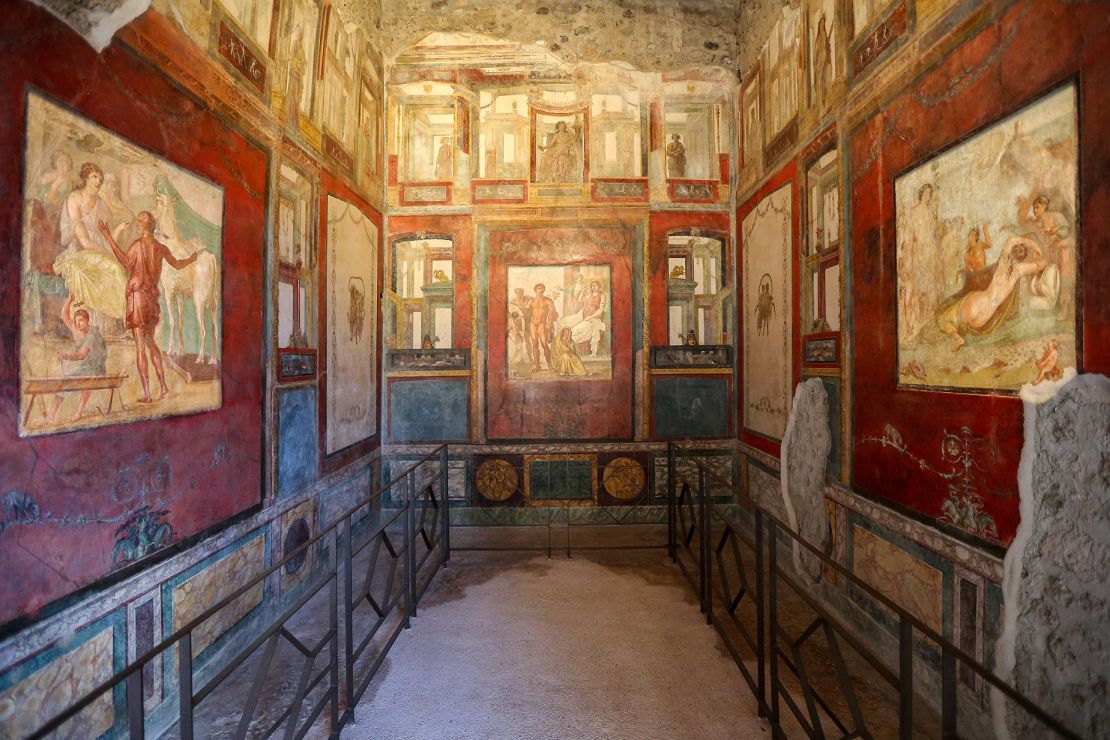
What: Volcanically immortalized Roman towns
Where: Naples, Italy
Whoa: The closest you’ll get to 2,000 years of time travel
Pliny the Younger’s story of the destruction of Pompeii and Herculaneum is the original disaster movie script. It tells how the eruption of nearby Mount Vesuvius in 79 ACE buried the two towns in up to six meters of superheated ash in just two days.
That incinerated 1,000-plus inhabitants who hadn’t fled fast enough and even some of their pets. It also literally baked buildings, paintings, artifacts and even food remains into a state of perfect preservation.
While it was forgotten for over 1,000 years, this UNESCO World Heritage site now gets over 2,500,000 visitors a year.
That’s still a positive though. With the streets crowded with foreign voices and Roman shop signs and graffiti still vivid on the walls, you’ll instantly be transported back in time like no other site we know.
Funereal fact: Archaeologists have created haunting casts of Pompeii’s victims and their pets by filling the voids left in the solidified ash with plaster.
Pont du Gard
What: Incredible triple-decker bridge
Where: Gardon River, France
Whoa: 360 meters long (1,181 feet), 50 meters high, over 2,000 years old
Not only is the Pont du Gard aqueduct breathtakingly beautiful, it’s also an incredible example of how meticulous Roman engineering and mathematics were.
While most of the Western world was still relying on wells for their water until a century ago, the Romans had running water for drinking, bathing and fountains 2,000 years ago.
The triple-decker aqueduct 50 meters above the river Gardon shows just how ingenious they could be in guaranteeing that supply too.
Not only is the arched architecture absolutely beautiful, but it’s created from such precisely cut stone it doesn’t even use mortar to hold it together. Look closely and you can even see inscribed instructions as to where each stone (some as heavy as six tons) was meant to go in the grand design.
Fun fact: The overall water course length the aqueduct is part of is 50 kilometers long (30 miles) with an average gradient of just 1 in 3,000.
Lepcis Magna
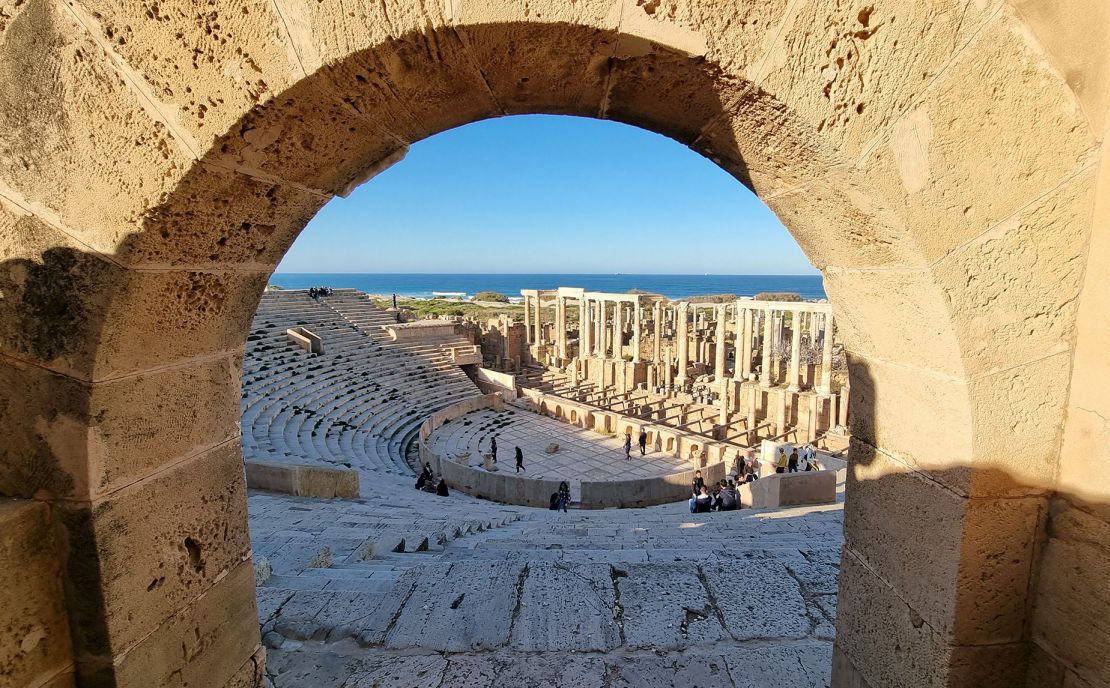
What: Spectacularly preserved Roman port
Where: Libyan coast
Whoa: Seeing is still not believing
The undoubted winner of the “most incredible Roman site you’ve never heard of” award is Lepcis Magna.
It might sound more like the scientific name of a rare animal, but this Libyan site is home to an unbelievably well-preserved Roman port. Once a thriving city, flourishing on the trade from deeper Africa, Lepcis Magna was gradually swallowed up by desert sands after the Roman Empire collapsed.
It was barely disturbed for the next 1,500 years either, so the huge, column-lined forum, vast semi-circular theater overlooking the sea, multi-tier amphitheater and many stunning sculptures and murals have all survived almost intact.
Sadly, with many governments currently warning against travel to Libya, it’s one that most of us are better off viewing remotely for the time being.
Fun Fact: Lepcis Magna was the birthplace of emperor Septimus Severus and his majestic triumphal arch is the perfectly preserved gateway to the deserted city.
Pantheon
What: Unique domed temple
Where: Rome, Italy
Whoa: Unbeaten Roman engineering
If it wasn’t for the queues looping right round the square in front of it, you might think the Pantheon was “just another big Roman temple.” After all, the portico (front face) with its eight Corinthian columns and carved triangular top certainly look conventional enough.
Join the queue to get inside though, and the radical construction of this building becomes very clear.
The circular body of this temple-turned-church is topped with a stunning domed rotunda, complete with a central hole to let sunlight in.
The ceiling is awe-inspiring enough aesthetically to have you staring up in wonder, but there’s another reason to be blown away too. At 43 meters (140 feet) in diameter, this historic half-sphere is still the largest unreinforced concrete dome in the world, nearly 2,000 years after it was made.
Fun fact: The base of the dome uses heavyweight travertine concrete while the top is lightweight tufa and pumice.
Palatine Hill

What: The heart of ancient Rome
Where: Rome, Italy
Whoa: A pancake stack of palaces
Rome might have been known as “the city of the seven hills,” but only one mound really mattered: The Palatine.
This prehistoric origin site became the must-have address of leading Republican politicians before Emperor Augustus took charge, back in 27 BCE, and started a streak of Imperial palace-building.
Tiberius, Domitian and Nero continued the pancake-stacking frenzy until the whole hill was completely buried under the masonry, monumental arches, pillars and towering retaining walls you see today.
The result is a fascinating puzzle for visitors to unravel while enjoying spectacular views of forum ruins at its feet and across to the Coliseum and Circus Maximus.
Don’t miss the house of Augustus guided tour either, as the projected displays are a masterpiece of museum tech.
Fun fact: Nero’s palace on the Palatine burnt down, so he swapped to another hill for his second “Golden Home.”
Porta Nigra
What: Huge German frontier gate
Where: Trier, Germany
Whoa: Like “Game of Thrones” but for real
Throughout Roman history, Germany was the final frontier where only the boldest of emperors would go. The remains of countless centuries of campaigning against tenacious Teutonic tribes are still relatively rare though.
This makes the Porta Nigra (Black Gate) in Trier particularly important.
While having four gates on each side of a square town was the standard Roman civic design all over the empire, Trier’s double-tower castle design is also outstanding in its size and complexity.
That’s made this dramatic structure a designated UNESCO World Heritage site and well worth a visit on any Roman road trip across Europe.
Fun fact: The archway stonework was never fully finished, which means the gates would never have shut properly.
Vindolanda
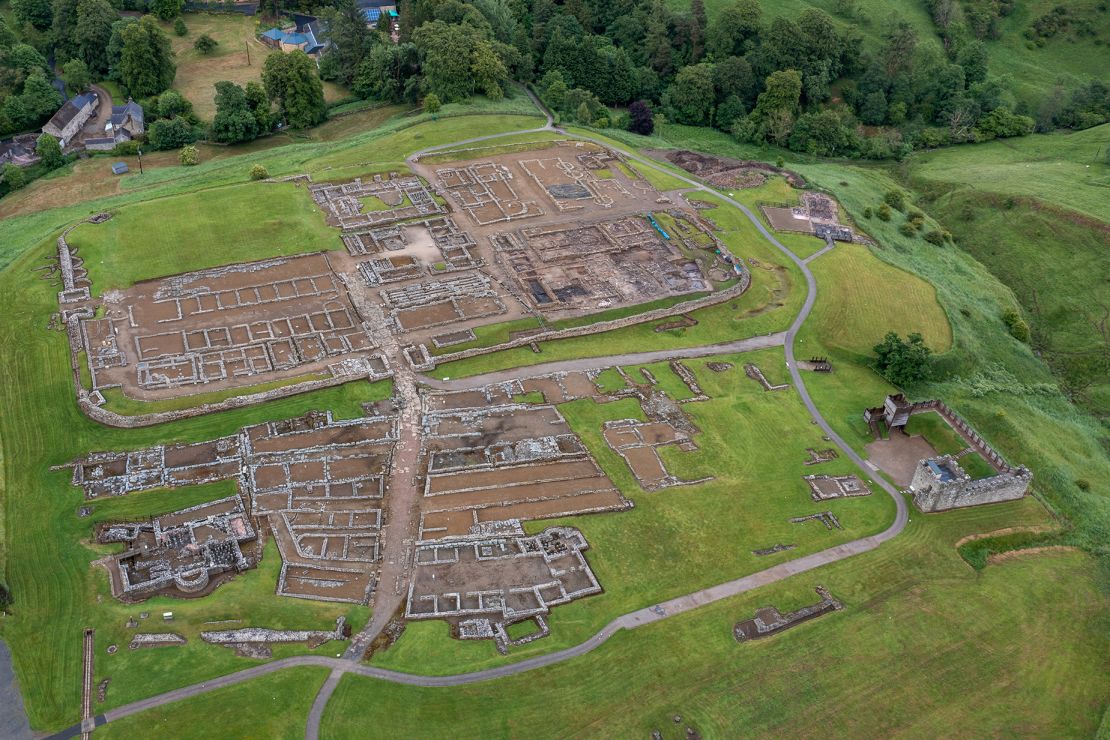
What: Highlight of Hadrian’s Wall
Where: Northern England
Whoa: Roman love letters and so many sandals
The roller coaster, 70-mile-long turf and stone wall that Hadrian built coast to coast across northern England is a multi-site, must-visit Roman treasure in itself. Vindolanda, just to the south of the craggy, weatherbeaten ridgeline fortifications, is home to a unique and unmissable museum too.
The “Vindolanda tablets” are a collection of wooden “Post It” notes preserved in the waterlogged ground of the site. Their handwritten texts include military admin documents, curses, love letters and even a party invitation from an officer’s wife.
Together they offer a unique insight into everyday life at the farthest-flung edge of the Roman Empire.
The onsite museum also has a huge collection of superbly preserved sandals, leatherwork, fabric and even wigs from nearly 2,000 years ago.
You can watch archaeologists working on the site every summer too, so who knows what they’ll find while you’re there.
Fun fact: Hadrian’s Wall isn’t the furthest north the Romans got. Antonine built another wall further up in Scotland but didn’t like the cooking so didn’t bother staying.
Aphrodisia
What: The ancient city of love
?Where: Anatolia, Turkey
?Whoa: Incredibly intact Roman city
Despite being named after the Greek goddess of love, it’s the Roman remains that you’re going to fall head over heels for at Aphrodisia.
A UNESCO World Heritage site since 2017, Aphrodisia was largely deserted after an earthquake, so it’s been untouched for over 1,500 years.
The incredibly well-preserved remains include the towering columns of the Temple of Aphrodisia itself and a semi-circular, marble-seated Odeon for political meetings.
A vast multi-story, pillared sebastion (imperial temple), theater auditorium and bath house also wait to be discovered among scattered sculptures and whispering trees.
Or maybe you’ll want to run a Roman lap around one of the best preserved – and largest – stadiums in the empire.
Fun fact: The Temple of Aphrodisia is actually the least well-loved bit of the site as Christian Emperors partially demolished it to deter die-hard Aphrodisiacs.
Baths of Caracalla
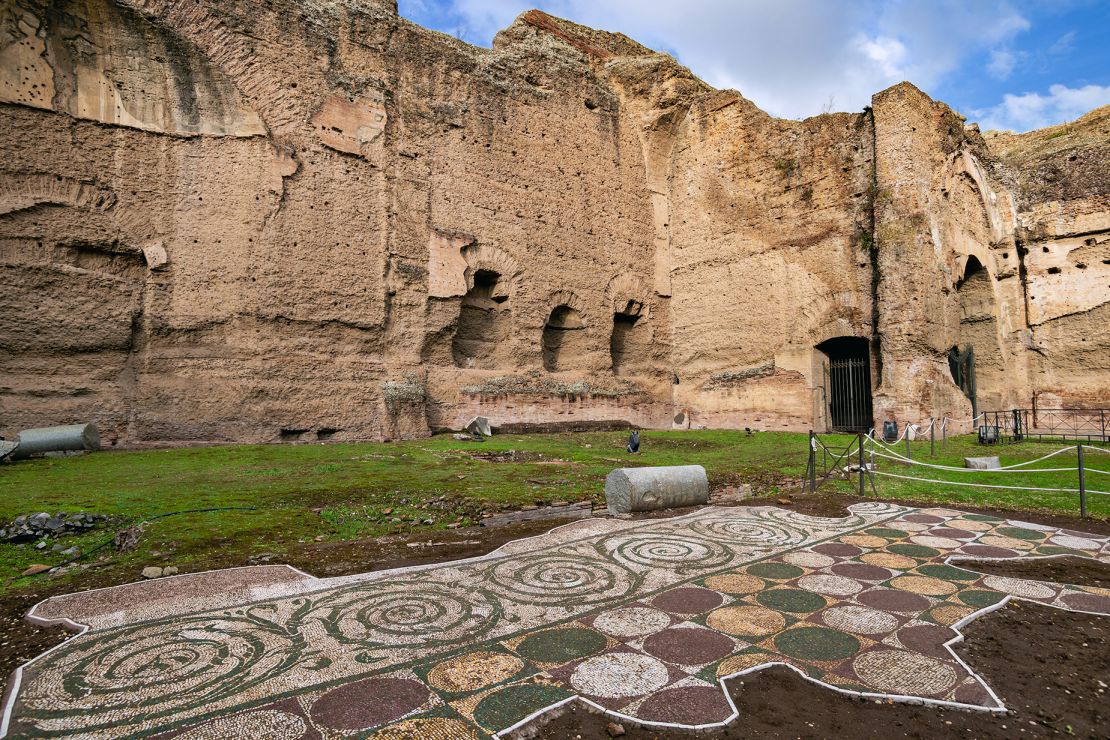
What: Ruins of a huge public bath complex
Where: Rome, Italy
Whoa: Rome’s forgotten jaw dropper
If there was one Roman site that needs the kind of ominous drone soundtrack normally reserved for the first appearance of a planet-destroying spaceship on a cinema screen, it’s the Baths of Caracalla.
This one good deed of the infamous, brother-murdering tyrant Caracalla is often forgotten, but we reckon this behemoth of a building is absolutely worth including on any Roman itinerary.
Built from an estimated 5,000,000 tons of stone, it is genuinely jaw dropping in scale.
The furnace-stoked underfloor heating and multiple baths fed by dedicated aqueducts entertained and steam-cleaned up to 8,000 Romans a day for three centuries.
And while ruined and isolated from the normal tourist trail now, that somehow makes this monstrous local leisure center even more resonant as a vast brooding reminder of the scale Rome operated on.
Fun fact: The baths of Caracalla aren’t even the biggest in Rome. Diocletian gets that badge.
Guy Kesteven is a former archaeologist who now joins up ancient sites by bike with his wife Sarah on their @pedallingpast YouTube channel. Their daughter Freya, who is studying archaeology at London’s Royal Holloway University, assisted with research on this story.
